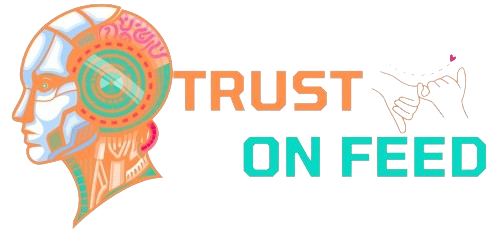
Types of Artificial Intelligence (AI)
Artificial Intelligence (AI) is a multidisciplinary field that aims to develop intelligent machines capable of performing tasks that typically require human intelligence. Over the years, various types of AI have emerged, each with its own characteristics and applications. In this essay, we will explore some of the main types of artificial intelligence. Narrow AI: Narrow […] Artificial Intelligence (AI) is a multidisciplinary field that aims to develop intelligent machines capable of performing tasks that typically require human intelligence. Over the years, various types of AI have emerged, each with its own characteristics and applications. In this essay, we will explore some of the main types of artificial intelligence.
Narrow AI:
Narrow AI, also referred to as weak AI, describes AI systems built to excel at a high range of activities or functions. These systems excel in a narrow domain but lack general intelligence. Image recognition software, recommendation algorithms, and voice assistants like Siri and Alexa are examples of limited AI. Narrow AI is prevalent in our everyday lives, powering various applications across industries.
General AI:
General AI, also referred to as strong AI or human-level AI, is an advanced form of AI that possesses the ability to understand, learn, and apply knowledge across different domains. Unlike narrow AI, general AI aims to replicate human intelligence, including capabilities like reasoning, problem-solving, and emotional intelligence. Achieving general AI is a long-standing goal in the field, and while significant progress has been made, true general AI remains theoretical.
Superintelligent AI:
Superintelligent AI surpasses human intelligence across all domains and tasks. It represents the most advanced form of AI, capable of outperforming humans in virtually every intellectual endeavor. Superintelligent AI is often associated with the concept of artificial general intelligence (AGI). AGI systems would possess a level of intelligence that far exceeds human capabilities and could potentially lead to transformative societal impacts.
Machine Learning:
A subset of artificial intelligence (AI) is called machine learning (ML). It focuses on enabling machines to learn from data and improve their performance over time without explicit programming ML algorithms can analyze and interpret large datasets, identify patterns, and make predictions or decisions based on the acquired knowledge. Supervised, unsupervised, and reinforcement learning are common approaches within machine learning, contributing to various applications such as image recognition, natural language processing, and fraud detection.
Deep Learning:
Deep learning is a specialized form of machine learning inspired by the structure and function of the human brain’s neural networks. It employs artificial neural networks with multiple layers (hence the term “deep”), enabling the system to automatically learn hierarchical representations of data. Deep learning has demonstrated remarkable success in areas like image and speech recognition, natural language processing, and autonomous vehicles.
Reinforcement Learning:
Reinforcement learning (RL) is an AI technique that enables an agent to learn optimal behavior by interacting with an environment. The agent learns to maximize cumulative rewards by exploring the environment and receiving feedback in the form of rewards or penalties. Reinforcement learning has been applied to diverse domains, including game playing (e.g., AlphaGo), robotics, and autonomous systems.
Natural Language Processing:
Natural Language Processing (NLP) specializes in allowing machines to recognize and interpret human language. NLP includes various tasks such as language generation, sentiment analysis, machine translation, and question-and-answer systems. NLP techniques leverage computational linguistics, machine learning, and deep learning to process and analyze text or speech data.
Computer Vision:
Computer vision is an area of AI that aims to enable machines to understand and interpret visual information. It involves extracting meaningful insights from digital images or videos, including object recognition, image segmentation, and image captioning. Numerous industries, including driverless vehicles, medical imaging, surveillance, and augmented reality, use computer vision.
Expert Systems:
Expert systems are artificial intelligence (AI) systems created to mimic the decision-making abilities of human experts in particular fields. They utilize knowledge bases, inference engines, and rule-based reasoning to provide expert-level advice or assistance. Expert systems have been applied in fields like medicine, finance, and engineering, supporting tasks such as diagnosis, recommendation, and troubleshooting.
Autonomous Systems:
Autonomous systems refer to AI-powered systems capable of operating and making decisions independently without human intervention. Examples include autonomous vehicles, drones, and industrial robots. These systems leverage various AI techniques, such as computer vision, machine learning, and planning algorithms, to perceive and navigate their environment effectively.
In conclusion, the field of artificial intelligence encompasses a wide range of techniques and applications. From narrow AI systems focused on specific tasks to the theoretical concepts of general and superintelligent AI, the diverse types of AI contribute to advancements in areas like machine learning, deep learning, natural language processing, computer vision, expert systems, and autonomous systems. As AI continues to evolve, it holds the potential to revolutionize numerous industries and impact society in profound ways.


